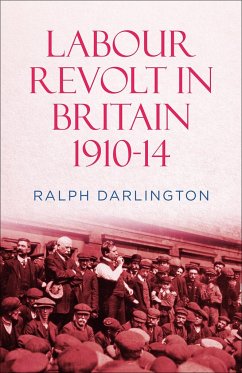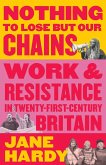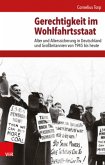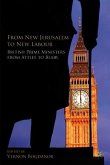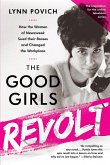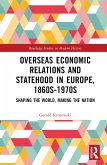The Labour Revolt that swept Britain in the early 20th century was one of the most sustained, dramatic and violent explosions of industrial militancy and social conflict the country has ever experienced.
It involved large-scale strikes by miners, seamen, dockers, railway workers and many others, and was dominated by unskilled and semi-skilled workers, many acting independently of trade-union officials. Because of this powerful grassroots energy, the country saw widespread solidarity action, phenomenal union membership growth, breakthroughs in both industrial unionism and women's union organisation, and a dramatic increase in the collective power of the working-class movement. It heralded political radicalisation that celebrated direct action and challenged head-on the Liberal government and police and military, as well as driving reform of the Labour Party. Exploring the role of the radical left and the relationship between industrial struggles and political organisation, with new archival research and fresh insights and combining history from below and above, Ralph Darlington provides a multi-dimensional portrayal of the context, causes, actors, dynamics and contemporary significance of the Labour Revolt.
It involved large-scale strikes by miners, seamen, dockers, railway workers and many others, and was dominated by unskilled and semi-skilled workers, many acting independently of trade-union officials. Because of this powerful grassroots energy, the country saw widespread solidarity action, phenomenal union membership growth, breakthroughs in both industrial unionism and women's union organisation, and a dramatic increase in the collective power of the working-class movement. It heralded political radicalisation that celebrated direct action and challenged head-on the Liberal government and police and military, as well as driving reform of the Labour Party. Exploring the role of the radical left and the relationship between industrial struggles and political organisation, with new archival research and fresh insights and combining history from below and above, Ralph Darlington provides a multi-dimensional portrayal of the context, causes, actors, dynamics and contemporary significance of the Labour Revolt.

